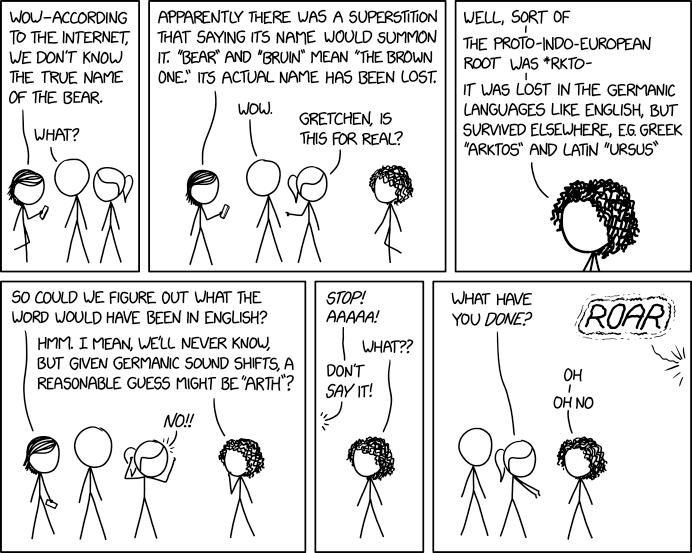Biden naming arcana
It has become a meme in China to make fun of people speaking with a Henan accent. Here are two videos of women dancing and singing Christian songs in Yùjù 豫剧 ("Henan opera") that are circulating on the Chinese internet to the accompaniment of much merriment: first (for Easter, eulogizing the scene of the Resurrection of Jesus; folkish), second (in praise of Jesus, with an industrial, commercial, official flavor).
Comment by a Chinese friend on the first song-and-dance:
Just think of saints who resurrect from tombs riding in sedan chairs carried by angels and flying to heaven in throngs! It makes me laugh so hard. The girl in red with a piece of cloth over her head is obviously a bride. So it becomes a scene of wedding in progressing to heaven. What a combination of local customs with religion!
Further remark by the same friend:
As for the second piece, it will work perfectly well if "Zhǔ 主“ ("Lord") is replaced by "Dǎng 党“ ("Party").
Read the rest of this entry »

